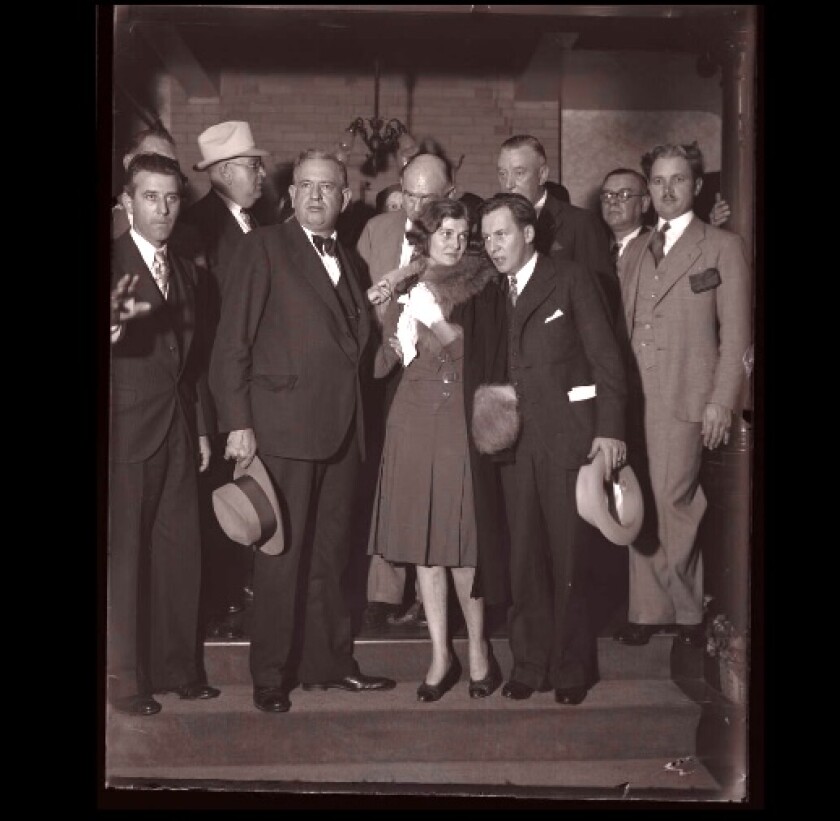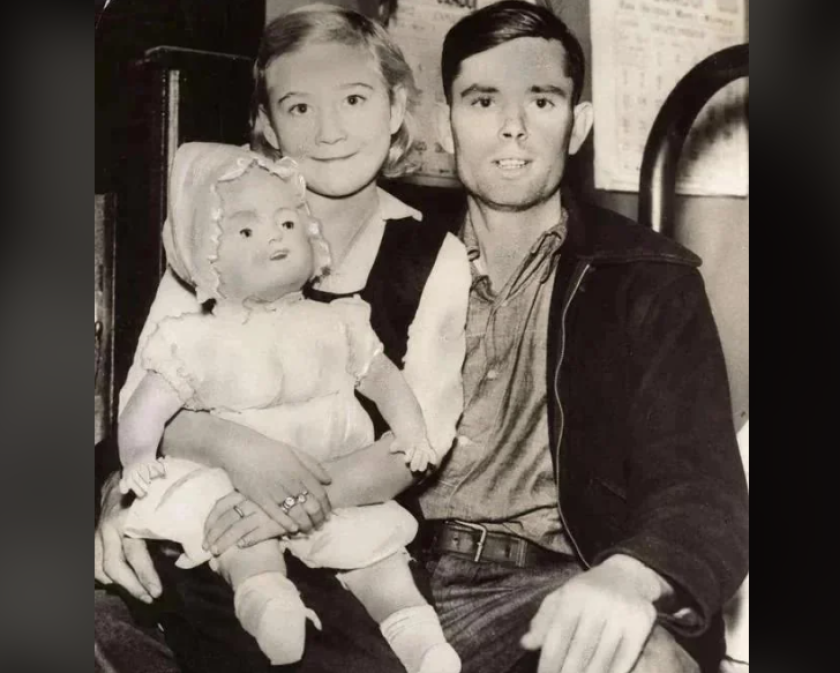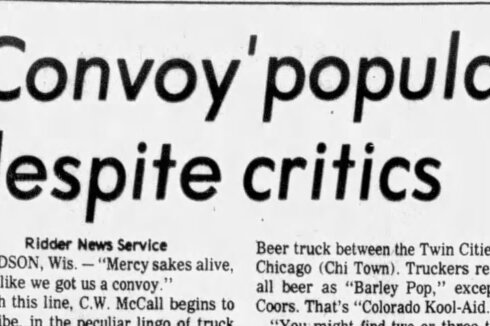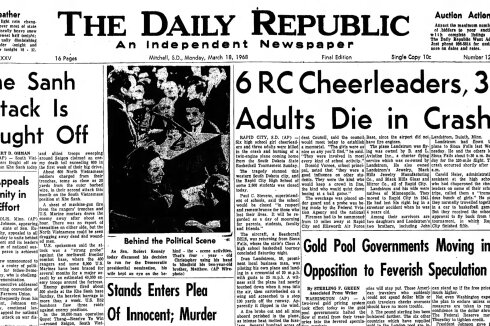As you read this story, the 2024 Presidential Election may or may not be decided. If it is over, one side will sigh with relief, while the other might have trouble getting out of bed.
No matter who you voted for, you might wonder today whether the knot in your stomach will ever dissipate or if your frayed nerves will ever be intact again.
ADVERTISEMENT
Will guzzling a beer (or six) or eating a Girl Scout Troop’s entire inventory of Thin Mints ease the stress of living in politically divided America?
I wouldn’t bet on it.
People will consume what they can today to feel better (or celebrate). Moderation may or may not be achieved through booze or brownies.
Of course, medicating your troubles with drugs, alcohol and excessive amounts of sugar isn’t recommended. Better advice is to exercise, eat right, meditate and talk to a doctor about whether your mental health concerns could warrant prescription medicine or counseling.
As we work to manage our post-election anxiety in healthy ways, perhaps it could be enlightening — and even soothing — to explore the age-old remedies our ancestors once relied on to ease their stress.
A trip through the newspaper archives is the place for that. It yields page after page, advertisement after advertisement of so-called experts hawking their perfect potions for dealing with “nerve problems.”
Disclaimer: you're probably better off with the Thin Mints and a trip to the doctor.
ADVERTISEMENT
Dr. Williams Pink Pills for Pale People
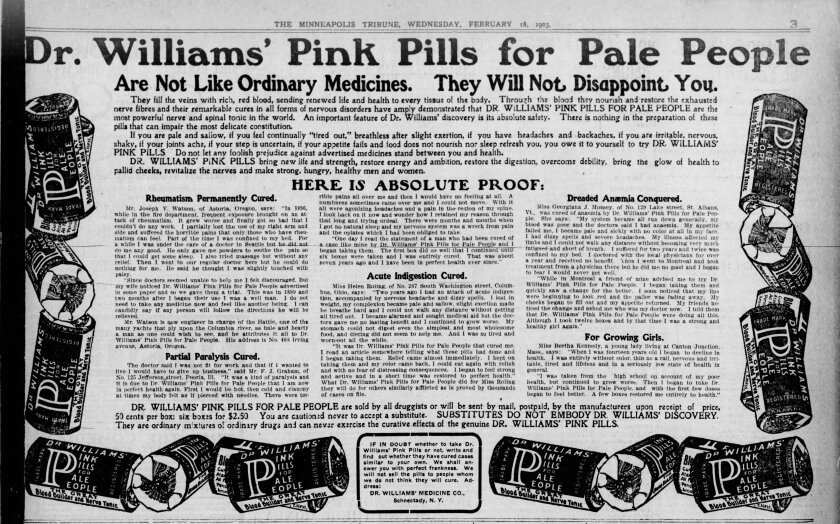
This gem of an advertisement was found in a Minnesota newspaper in 1903 and if the name of the product doesn’t draw you in, I’m not sure what will.
As a person of the pasty, freckly persuasion (thanks English, Scottish and Irish ancestors), I first thought this was the medication of my dreams. But Dr. Williams, whoever he was, didn’t promise glowing, bronzed skin with a pop of a pink pill. Rather, he claimed his product was “the most powerful nerve and spinal tonic in the world.”
Not only did it knock out anxiety, but aches in the head, back and joints, rheumatism, paralysis and indigestion.
Wow, that’s an all-purpose drug.
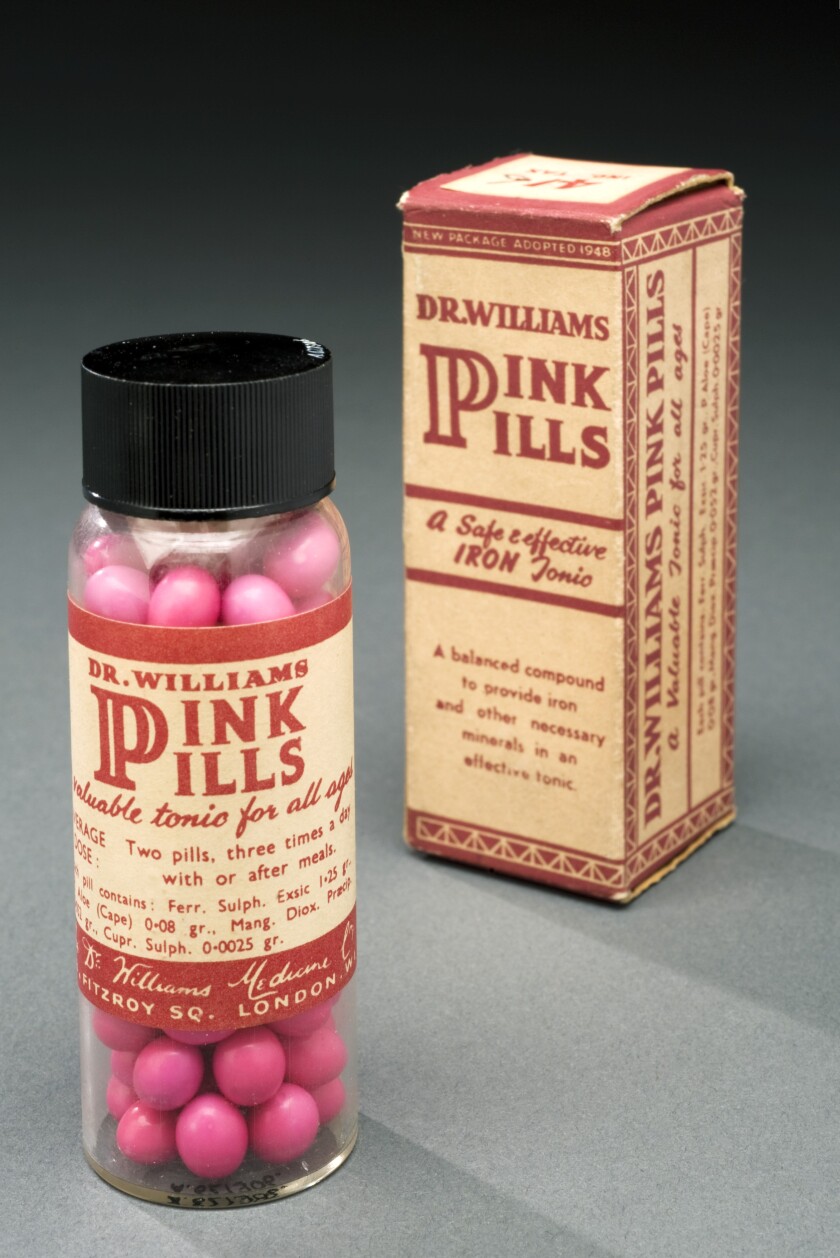
Bertha Kennedy was a believer, saying in the newspaper ad, “I was entirely without color, thin as a rail, nervous and irritable, tired and lifeless. Then I began to take Dr. Williams’ Pink Pills for Pale People, and with the first few doses began to feel better.”
Well, there you go.
So what was in these magic pills that looked like jelly beans?
ADVERTISEMENT
They were coated in pink sugar and contained iron sulfate, potassium carbonate, magnesia, powdered licorice, and sugar. So, there wasn’t much more in this magic elixir than an iron supplement, a laxative and sugar.
Hamlins Wizard Oil
John Smith of Starbuck, Minnesota, sang the praises of Hamlins Wizard Oil in another newspaper ad.
“I have been in bed for four weeks with a sprained back caused by too much heavy lifting. I have tried almost everything to cure it. Seeing what Hamlins Wizard Oil had done for others I tried a bottle and in two days, I was able to work.”

Smith might have heard of Hamlins because traveling performance troupes advertised the product in medicine shows across the Midwest, including parts of Minnesota.
The company, founded in Chicago in 1861 by former magician John Austin Hamlin and his brother Lysander Butler Hamlin, primarily marketed the product as a potion for sore muscles, sprains, bruises, burns, scalds, cuts and wounds. However, they claimed added benefits, including relief of earaches, toothaches and headaches.
Oh, and by the way, they said it also cured pneumonia, cancer and rabies.
It was heralded as “a comfort to parents” and an “old-time reliable family medicine” to always have on hand, to use topically or consume internally.
ADVERTISEMENT
Why could you rub it on your skin and drink it? It was up to 70 percent alcohol. It also contained camphor, ammonia, chloroform, sassafras, cloves and turpentine.
Pemberton's French Wine Coca
Cocaine-laced wine anyone?
Created in the 1880s by Atlanta pharmacist John Pemberton, Pemberton’s French Wine Coca was a cocaine-infused libation and the Coca-Cola Company's forgotten predecessor.
Pemberton was inspired by a popular and exotic French Bordeaux wine blended with the mysterious South American coca leaf. It was called Vin Mariani, named for its creator, Angelo Mariani, who believed in the healing powers of coca leaves (which is where cocaine comes from).
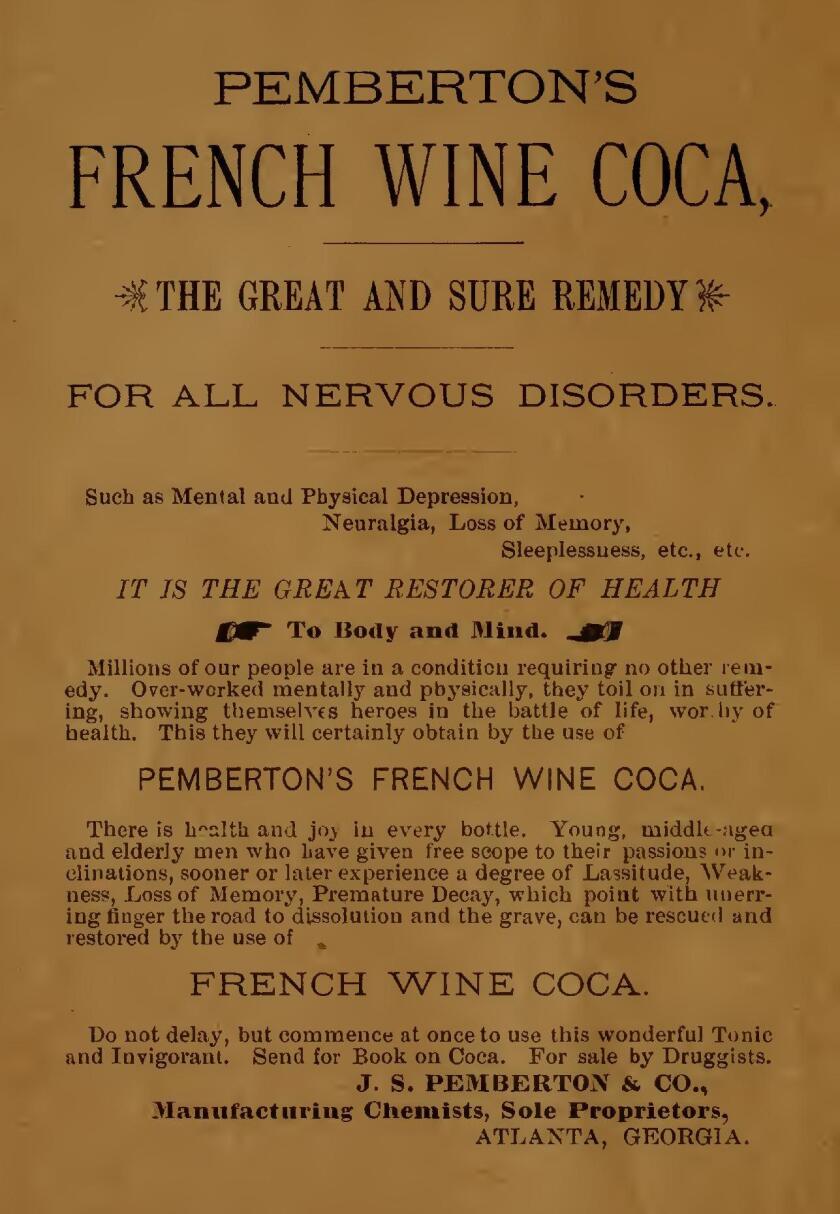
Vin Mariani became the “it” drink for Parisian high society. Celebrities like Thomas Edison and Ulysses S. Grant even endorsed it.
Pemberton wanted to make the cocaine-infused wine for American tastes and soon advertised it as a cure-all for “men and women worn down in mind and body by the labors and cares of life.”
One advertisement claimed, “Pemberton’s French Wine Coca is the great nerve restorer and invigorator. (It) acts as a direct means of restoration, giving perfect health to mind and body, dissipating every feeling of depression and lassitude and imparting calmness, energy and happiness.”
ADVERTISEMENT
For decades, Pemberton’s elixir contained both cocaine and alcohol. But in 1906, the Pure Food and Drug Act demanded transparency regarding certain ingredients, including cocaine.
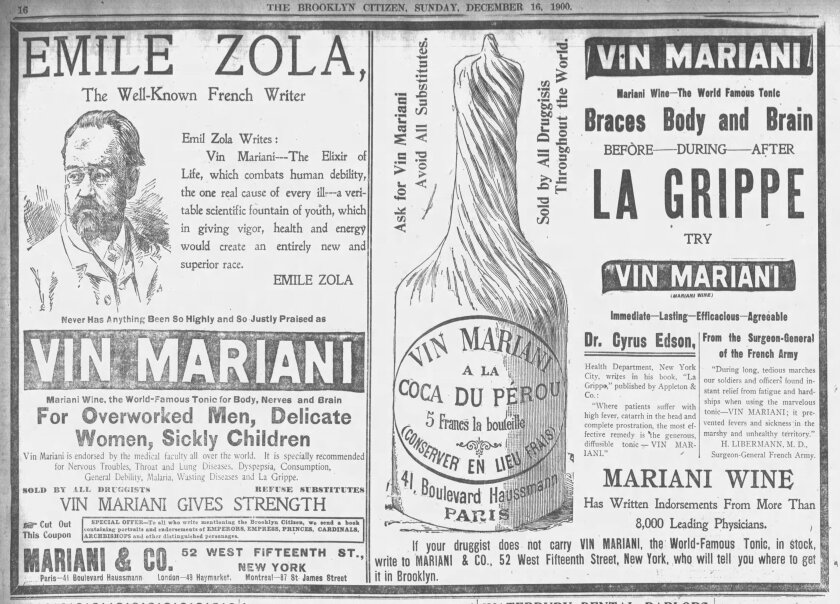
This eventually led to the creation of the Food and Drug Administration, which cracked down on the plethora of “wonder” drugs on the market and their sometimes outlandish claims to cure everything from hangnails to hysteria.
Pemberton’s French Wine Coca faded into history. Coca-Cola, without cocaine and alcohol, survived.
So, my fellow stressed-out Americans, you can no longer imbibe in cocaine Coca-Cola or guzzle wizard oil or pop pink anti-pale pills, but that’s OK.
If you must, have an icy cold beer or a sleeve of Oreos.
Relax, take a deep breath, and know that we won’t have to go through another presidential election for four more years.
Next week we'll take a look at a hair tonic made by 1880s version of the Kardashians and how people in the Midwest were enthralled.
ADVERTISEMENT

Hi, I'm Tracy Briggs. Thanks for reading my column! I love going "Back Then" every week with stories about interesting people, places and things from our past. Check out a few below. If you have an idea for a story, email me at tracy.briggs@forumcomm.com.



